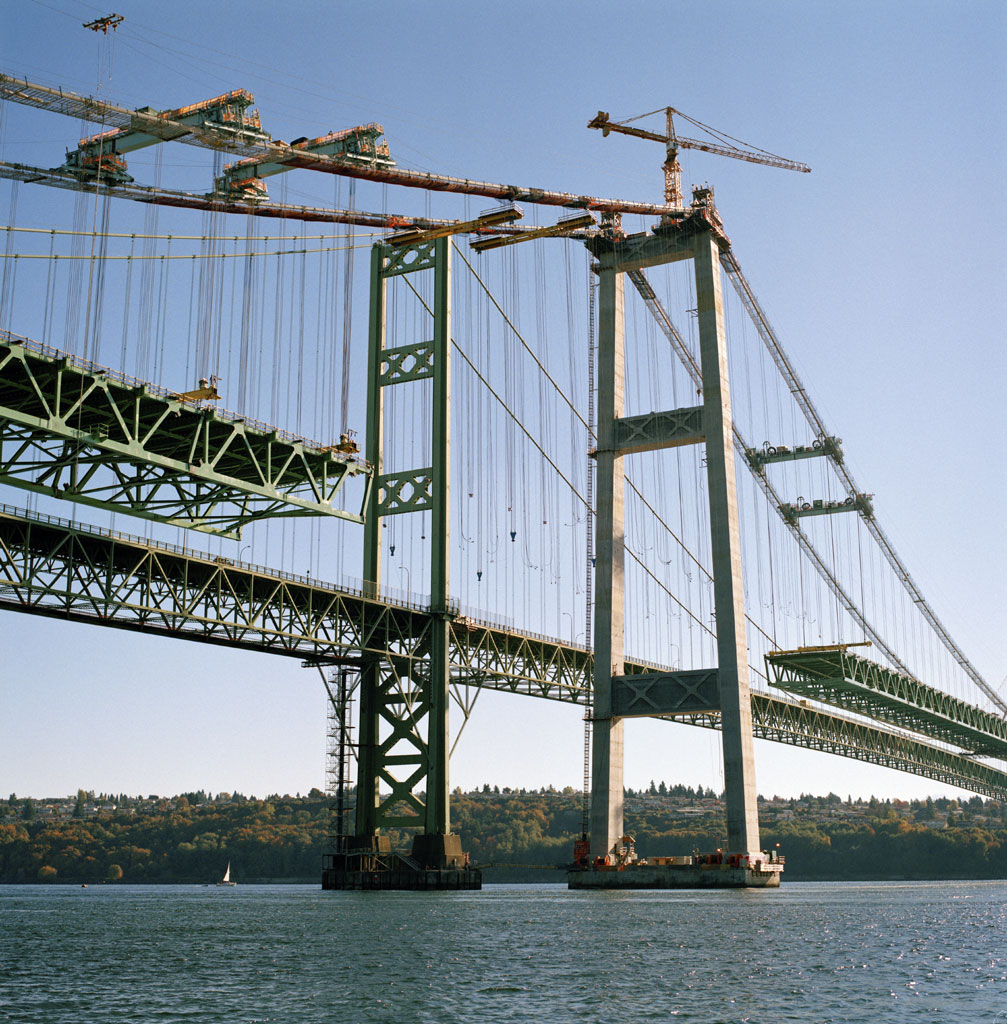
The use of arbitration to resolve construction & engineering disputes is back in fashion, says Martin Burns
The low point for the UK construction and engineering arbitration sector occurred on 1 May 1998. It was the day the Housing Grants, Construction and Regeneration Act 1996 came into force, and adjudication started on its inexorable rise to become the pre-eminent method to determining contract disputes.
The decline of arbitration & rise of adjudication
In the years that followed, the number of arbitrations fell off a cliff while adjudication flourished. In 1995, the Royal Institution of Chartered Surveyors (RICS) appointed around 400 construction arbitrators; in 1998, only about 40 arbitrators were appointed, compared to 23 adjudicators. Last year, 10 arbitrators were appointed by RICS compared to nearly 900 adjudicators.
The decline in the popularity of arbitration actually began long before adjudication came on the scene. Even in the 1980s the process of arbitrating disputes had become inordinately slow and immensely expensive. Parties, particularly those that were involved in low-value disputes about relatively unsophisticated issues, had become disenfranchised from arbitration.
Sir Michael Latham’s 1994 report Constructing the Team











